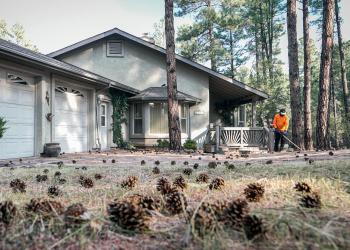Welcome to the Southwestern Region
On April 22, 2025, we transitioned our public websites to a modern web platform to better serve the public. With thousands of pages to update, some content may take longer to appear. Some old content has been archived during this process, as well.
We appreciate your patience as we work to make it easier than ever to access information and explore your national forests—both online and on the ground. Please send us an email using our Contact Us form if there is something you can't find!
The Southwestern Region covers more than 20.6 million acres, boasting thousands of recreation opportunities spread across six national forests in Arizona, five national forests and a national grassland in New Mexico, and one national grassland each in Oklahoma and the Texas panhandle.
The elevation ranges from 1,600 feet above sea level and an annual rainfall of 8 inches in Arizona's lower Sonoran Desert to 13,171-foot high Wheeler Peak and over 35 inches of precipitation a year in northern New Mexico.
Find a Forest
Careers with the Forest Service
Become a Wildland Firefighter

The Forest Service hires fire and fire support positions throughout the year. Connect with a Fire, Fuels and Aviation Management recruiter to learn more about openings and upcoming hiring events.
Travel Essentials: Plan and Prepare for your Trip
Where to Stay?
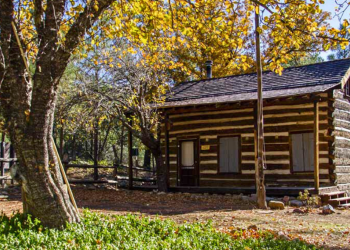
The Southwest Region is brimming with opportunities for all kinds of outdoor recreation. There is something for everyone!
Find Your Way
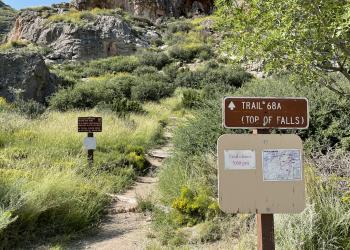
Plan for your next adventure by purchasing a map and browsing our publications. Maps can be purchased online or in-person.
Passes for a Year or Day

Most national forest system lands are open, free of charge for your use and enjoyment. Several types of passes and permits exist for sites that require fees, and for commercial and special uses.
Beyond Recreation
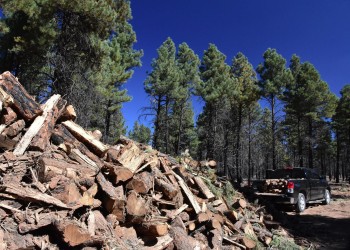
Did you know you can do more on your National Forests and National Grasslands besides personal recreation? You can collect forest products like firewood, have a wedding or event, plan commercial activities like sports competitions, or run a business!
Fire Information

Find out about fire restrictions, prescribed fires, emergency information and prevention.
Junior Ranger Books Now Available!
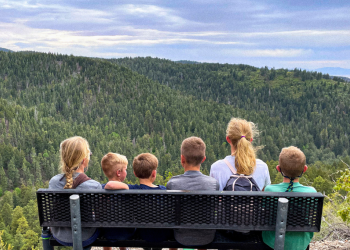
Kids can learn about the national forests and grasslands in Arizona and New Mexico through fun activities.




